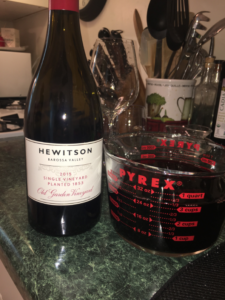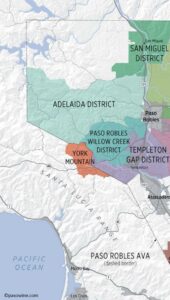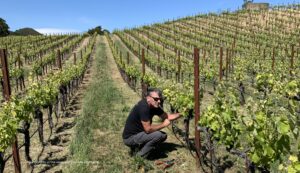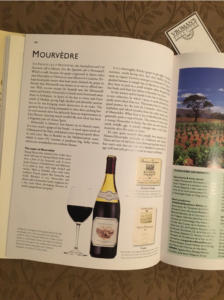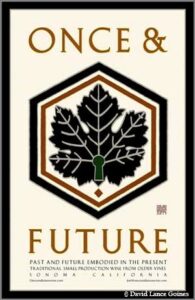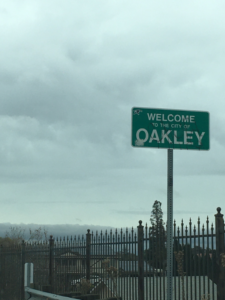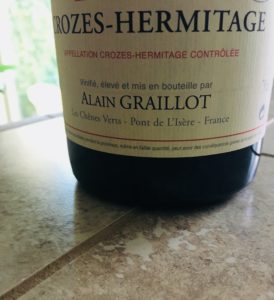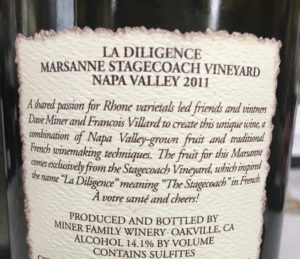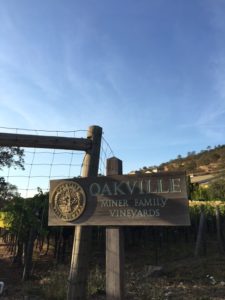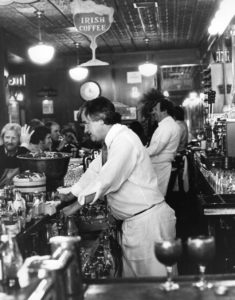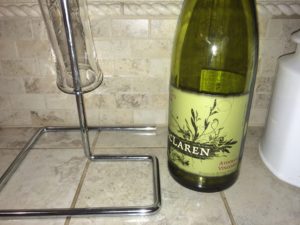[One]
IN THE BRICKS-AND-MORTAR backstory of the wines Dean Hewitson has made for 25 years, I hear a little echo of Willy Wonka.
It could almost be a chapter from a children’s history book: across South Australia, generations of 20th century school kids—Dean included—received small, foil-topped bottles of milk during their lunch breaks, packed up by the old Adelaide Milk Factory at what were, back then, the industrial outskirts of town. In more recent years, the historic operation gave way to Haigh’s Chocolates, an equally venerable Australian sweets company that took over the 100 year-old warehouse in Adelaide’s Mile End neighborhood in 2010.
Of course, there was never a Wonka-like character offering quasi-psychedelic, technicolor tours to children and their parents. But the combination of childhood memories and chocolate-making brought a smile to my face when Dean told me about the place where, for a decade in between the cows and confections, he built Hewitson Wines into an essential South Australian wine brand.
To borrow an Aussie term, a few walkabouts helped get him there.
